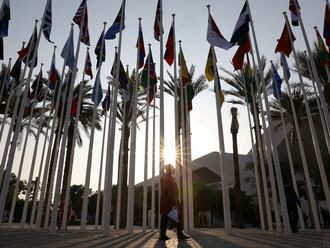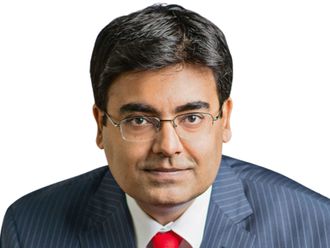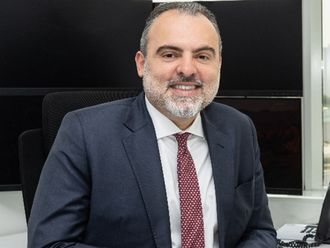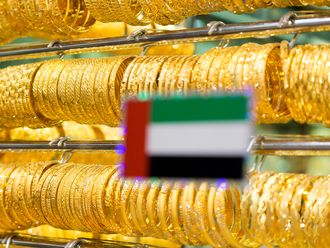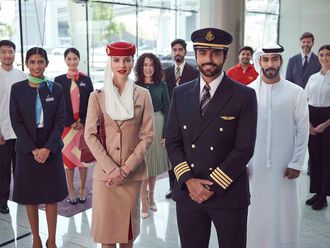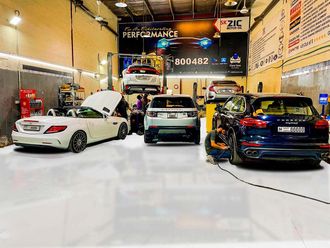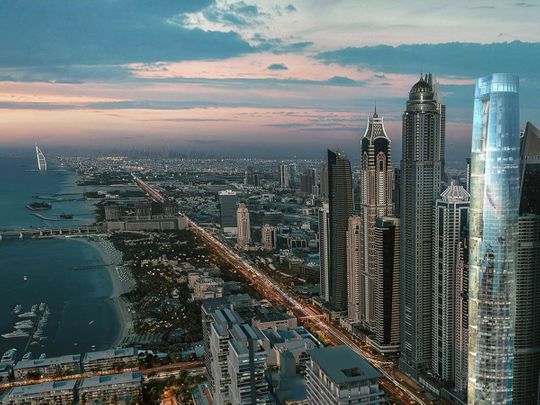
Buildings are the bones of cities, with the streets, metros and railways their arteries and veins.
The old Dubai temporarily suffered atherosclerosis as avenues built for smaller populations clogged with traffic, something we see today in some communities as Dubai continues to expand rapidly. And something not anticipated by the designers.
Subsequent urban plans (including the current 2040 initiative) put forth a series of ingenious solutions to better manage circulation of traffic and congestion. The idea of going vertical through apartments (generically called ‘French Flats’ after the residential buildings that graced the boulevards of Paris) kicked off a spate of projects (luxurious as well as middle-income) as captains of industry converted their profits into something more tangible and visible.
This move was partly strategic , for in an era of financial turmoil, real estate promised a comparatively safe harbor. But it was also psychological, in that the clearest sign of material success was a home that its master could be proud of. Even as money clusters around the premium zones, such as the Palm, the economics of apartments were irrefutable.
Newer market forces
More units per lot means lower prices for each, and soon enough, there were choices for every income strata, even as market narratives continued to oscillate between over- and under- supply depending on who you spoke to that crunched the numbers. But even as neighborhoods were sorted by the criteria of wealth, the urban planning put into place a mechanism whereby the knock on effects of the premium community would gravitate towards nearby neighborhoods.
With improved transportation technology, it created attractiveness for mobility that would reflect in the prices. Despite this, what we have seen are still the lingering effects of wealth concentration at the upper end, whereas prices for apartment blocks for the most part being well below their previous cycle peaks. This suggests three conclusions that need to be scrutinized:
1. There remains more of an upside potential for prices that have not moved as much (we are starting to see double-digit price jumps in areas like International City, Discovery Gardens, Majan and Remraam).
2. These areas are now where gentrification is taking place so as to move the overall price points higher. We are seeing this with the launches at JLT).
3. More ‘affordable’ horizontal communities starting to be offered by developers on a relative basis, as the phenomena of suburbia takes over.
This revolution that Dubai led now has started to spill over to the capital markets, where the democratization of opportunity and capital is taking root. In the background, the driving force has been inflation, which inevitably takes its toll on asset values both on relative and absolute levels as we continue to see in the US and Europe. But in Dubai, the key focus on infrastructure, both physical and regulatory, has meant that planning has continued to reap dividends as increasing numbers of international talent make their way to the city.
A ‘circular’ economy
This infrastructure has played into the psychology of the market place, where even as media focuses on the top end of the market, the middle slice of the market remains attractive from a living perspective. Helped by continual road and transport improvements that attract an ecosystem of restaurants and retailers. And which then feeds into a virtuous cycle where opportunities abound for the SME sector. Despite what the rising costs of debt will mean for the turnover of these businesses.
As the SME sector becomes more economical in terms of managing their cashflows, leading to the two-tiered market (luxury and mid-income), there are financiers moving to focus on the price sensitive areas by providing liquidity to facilitate not only business activity, but more crucially on the buildings and infrastructure that propel growth.
Just doing things better
A proverb from medieval Europe held that ‘city air makes a man free’. The revolution underway in Dubai has been as much a matter of technology as it has been in the building of physical assets like infrastructure that has allowed for the entrepreneurial spirit to be free to flourish.
The interest rate cycle does indeed pose challenges for a generation of immigrants that have not dealt with higher ‘cost of money’. But even as it promises a moderation, it also reveals a glimpse of a continued pivot towards an impulse of doing things long considered passe or even boring.
Dubai would be described as anything but, but the building blocks that it has put into place has been a matter of technique that was earlier adopted by other cities. The speed with which it has done so suggests that it has done it better.



